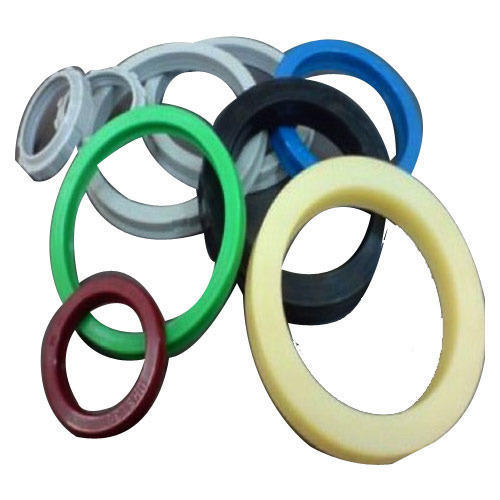For the hydraulic cylinder operation to work smoothly, it is important that you choose the best hydraulic seals to do the job. If you have good knowledge about the available seal options to use and what common failures you may encounter with hydraulic seals, then it would be easier for you to achieve that goal.
Importance of Hydraulic Seals
Seals play a very important role in hydraulic cylinders that contain fluid. Seals prevent the leakage between the fluid components. There are two categories of hydraulic seals – static and dynamic.
- Dynamic Seals – these are used in-between parts that are always in relative motions.
- Static Seals – these are used between fixed components.
Causes Of Seal Failures
Time of use and exposure to frequent abuse can cause the seals to fail. When this happens, they need to be replaced as soon as possible. A design engineer would be able to reduce the damage as a band-aid solution, but it is still best to have them replaced. Here are the most common problems of hydraulic seals;
Chemical Erosion:
- The seal material will break down as soon as it experiences a corrosive fluid. This will occur when improper seal material is picked for an application. If non-compatible materials are used, it leads to chemical attack by the oil additives, oxidation-reduction, or hydrolysis of seal elements.
- The introduction of the jetsam and the external flotsam can cause contamination into the hydraulic rod. When particles like dirt, powder, mud, or other tiny elements attach to the piston, they can make the seal dirty. Remember that the dirtier the seal, the most it loses the ability to hermetically sop contaminants from the piston.
- This is the condition that results in burns, long cracks, breaks, and when the seal completely breaks off. This can be due to excessive backpressure, use of low-quality materials, or high-pressure spikes or shocks during the manufacturing process of the hydraulic seal.
Improper Installation:
- Improper installation can cause a lot of problems with hydraulic seals. This can result in unsafe and unclean handling, contamination, as well as incorrect sizing of the seal. This is why choosing the right seal is important before building. This is to ensure that the design is done correctly for proper sealing installation.
 Hydraulic seals can become hard especially when they are exposed to high temperatures. This is usually caused by high fluid operating temperatures on applications or high-speed heat generation from the stroking operations. If they harden, they can easily crack and lose their elasticity. This can then lead to seal failure.
Hydraulic seals can become hard especially when they are exposed to high temperatures. This is usually caused by high fluid operating temperatures on applications or high-speed heat generation from the stroking operations. If they harden, they can easily crack and lose their elasticity. This can then lead to seal failure.
- Improper installation can also cause dents and cuts in dynamic seal lips. This can greatly affect the efficiency of the hydraulic seals. Other than that, it can also introduce foreign elements into the hydraulic fluid inside.
- This can be caused by insufficient lubrication while sometimes, it can be due to excessive lateral load, wear on dynamic face of the seal lip. These can cause damage to the hydraulic seals.
When it comes to hydraulic seals, it is very important that you fully understand the issues that you might encounter in the future. This is why you should also learn the importance of the hydraulic seal.
